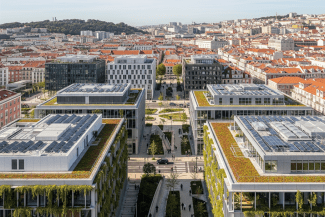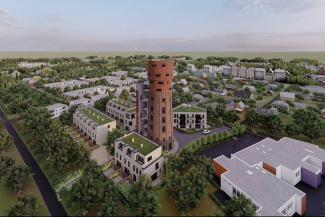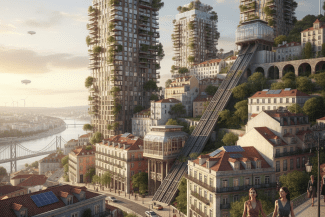In the fast-paced world of architecture, technological innovations play a key role in improving efficiency, sustainability, and occupant health. This blog post explores the groundbreaking technologies that are reshaping the built environment and changing how architects work.
The Impact of Technology on Architecture
Technology has changed the architectural landscape dramatically. It offers new tools that make design, construction, and building management smarter and more efficient. Here are some of the most important innovations:
-
Building Information Modeling (BIM)
BIM helps architects create detailed 3D models with data about materials, costs, and timelines. It boosts collaboration, reduces errors, and leads to better project results. -
3D Printing
This innovation allows fast production of building parts and even entire structures. It reduces waste, cuts labor costs, and supports creative, flexible design. -
Sustainable Materials
Advances in material science now offer architects options like recycled, bio-based, and smart materials. These support greener building practices and contribute to healthier living spaces. -
Smart Building Technologies
Internet-connected devices monitor energy use, air quality, and occupancy in real time. This improves both building performance and occupant comfort. -
Virtual Reality (VR) and Augmented Reality (AR)
These tools create immersive design experiences. Clients can explore a space before it is built, making the design process clearer and more interactive.
Embracing Innovation for a Sustainable Future
As the architectural profession faces growing environmental demands, adopting new technologies becomes essential. These tools not only improve how buildings are designed and managed but also help meet sustainability goals more effectively.
Conclusion
Technological innovations are redefining the future of architecture. They enable architects to build smarter, more efficient, and environmentally responsible spaces. Staying informed and adaptable is crucial for professionals who want to stay competitive and shape a healthier built environment.
By continuing to explore and adopt these innovations, architects can better serve both their clients and the needs of society.








